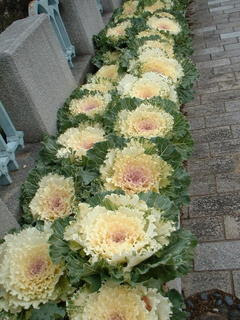"Syoumen-wo Muita Tori-no E-ga Kakemasuka?" by YAMAGUCHI Masami

The author is a psychologist and a professor at Chuo University. And this book is about the human beings recognition of vision through his/her eyes by his/her brain, which is the author's specialty.
The title means "Can you draw a bird's picture from the front?". This is an example of the difficulty in drawing pictures. We see solids in the three dimension, and figures are drawn on a paper in the two dimension. As you may notice easily after thinking a little, this action of drawing is very difficult. In addition it's not appropriate to draw a picture like a photograph, because we see only the solids which we want to see, and that makes very large distortion in our brain memory. Then when we human being to recognize solids? Recently many interesting results are coming out by the experiments using babies. The newest results are easily presented in this book.
(Finished reading on Dec.24, 2007)
The more detailed Japanese version of this article is here!
Japanese character(s) (kanji)
* YAMAGUCHI Masami : 山口真美
* Syoumen-wo Muita Tori-no E-ga Kakemasuka? : 正面を向いた鳥の絵が描けますか?
Labels: flower, Japanese, YAMAGUCHI Masami

















































